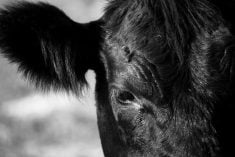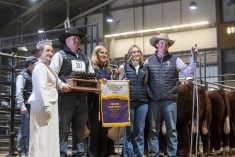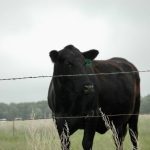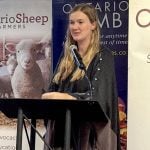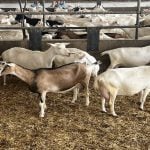Breeding bulls serve two primary purposes they enhance overall reproductive traits of the breeding herd and transmit long-term desirable herd genetics via offspring. Bull purchasing and management decisions before, during and after breeding season have an impact on both calf crop and herd genetics. Bull management can be divided into the following seasons: pre-breeding or conditioning (two months), breeding season (two to three months) and post-breeding season (seven to eight months).
Throughout the breeding season, bulls can lose between 100 and 200 lbs. (45 to 90 kg) of weight. To achieve a tight calving pattern that will deliver both a uniform crop of calves and a calf per cow per year requires a breeding season of around 63 days. This means that for a mature bull running with 36 or more cows at any one time, there is little time for feeding and resting during this intensely active period. It’s completely understandable that after this level of exertion, post-breeding recovery can take between four and eight months. A good recovery period is essential for bulls to be fit and ready for next year’s breeding season. Post-breeding recovery is important for all ages of bulls but special attention to this recovery should be given to young bulls that are still growing (i.e. those less than 36 months).
Read Also
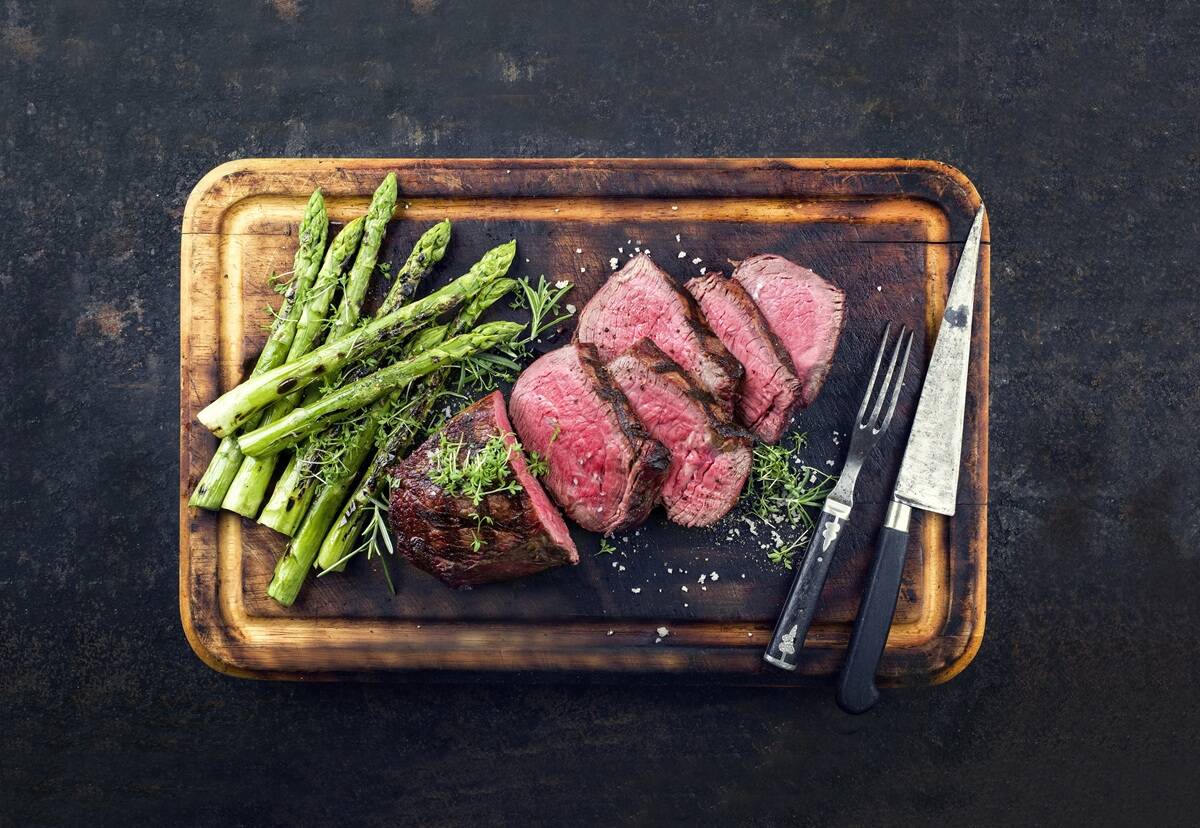
Building demand together: The impact of Canada’s beef import levy
The beef import levy has become a central tool for ensuring balance in Canada’s beef industry
The end of the breeding season is a good time to think about the role the breeding bull plays in the overall breeding program. Consideration should be given to such factors as bull health, the number of females in the herd, bull temperament, history of calving difficulty and overall calf quality when making decisions around culling. Ideally, decisions around culling should be made as early as possible once the breeding season is completed to allow as much time as possible for research into and finding the ideal replacements.
Once breeding season ends, it’s important to get breeding bulls back in shape. Mature bulls in good condition at the end of the breeding season will easily recover any weight lost through access to good-quality grazing followed by good-quality winter forage (i.e. hay) without the need for grains or other supplementary feeding. Target hay quality of around eight per cent to 10 per cent crude protein. The aim is to get bulls into ideal body condition score (body condition score of 2.5 to three), but not fat, for the start of the breeding season. Over-conditioned bulls at the start of the breeding season will have low sperm counts and display lower breeding activity than a bull in ideal condition.
Young bulls are still growing so need access to good quality grazing after the breeding season. Grain supplementation may or may not be needed depending on the quality and quantity of high-quality pasture available. Body condition scoring and feed testing are important before winter feeding begins. From those results, a winter feeding program can be formulated so that the young bull can gain one and a half to two lbs. per day (0.7 to 0.9 kg) depending on the magnitude of weight loss during the breeding season. Winter diets should target around 10 to 12 per cent crude protein.
Thin bulls at the end of the breeding season may need supplementary grain to help with weight recovery. The amount will depend on the nutritional quality of grazing and other forages available after the breeding season.
Whether bulls are maintained in a corral or indoors post-breeding, they need adequate space for exercise. Daily exercise helps build stamina to cover distances during the next breeding season. Be careful when putting multiple bulls together after the breeding season. To avoid fighting, introduce bulls gradually and make sure they have enough space.
For a successful breeding season, it’s critical that the performance of breeding bulls is examined closely while with cows. Pay close attention to herd estrus behaviour; note cows that are mated and if they show estrus again approximately 21 to 45 days later. Ensuring a good breeding season depends on identifying and rectifying situations where infertile bulls or sub-clinical fertility are issues.
Consider several factors before culling a beef bull. The main reason beef bulls are culled is for reproductive failure, which, unfortunately, is sometimes only recognized when cows are examined for pregnancy after the breeding season. Other common reasons include feet and leg injuries, and penile injuries during the breeding season. The breeding herd must be watched to prevent subclinical issues from becoming breeding disasters.
Age is another reason for culling. As bulls age, they become less active and breeding performance declines. Health issues such as lameness, eye problems, lump jaw and respiratory issues are other common reasons for culling. If health issues can be treated, and time for recovery is adequate to allow for a normal breeding season next year, culling can be postponed. Where treatment is not likely to be successful, consider replacing the bull. The movement of older bulls should also be observed to determine if arthritis is becoming a problem.
The temperament of bulls often changes. No matter how good the quality of calves or the number of calves that a bull produces, an aggressive and dangerous bull must always be culled from the herd, and sooner the better.
Finally, producers should also consider the quality of calves being produced. Although a lot of emphasis is placed on the capacity of the cow to breed a good-quality calf, remember that 50 per cent of that quality comes from the bull. Producers should carefully consider whether the cow or bull is responsible for poor-quality calves. One of the ways to identify this is to examine the quality of calves produced by that set of cows bred to the bull. Where overall quality is good, any poor-quality calf is likely to be related to the genetics of the cow rather than the bull.






